Solution
Converting Biomass into End Product
Scroll Down
Torrefaction & Pyrolysis
Torrefaction: Transforming Biomass into Renewable Energy Solutions
At Al Ahlia Environmental Services Co LLC, we are at the forefront of sustainable innovation, offering torrefaction services that enable industries to harness the full potential of biomass. This advanced thermal process converts organic materials into a high-quality, energy-dense fuel that serves as a viable, eco-friendly alternative to fossil fuels. By integrating torrefaction into your energy or waste management strategy, you can significantly reduce your carbon footprint, improve operational efficiency, and contribute to a sustainable future.
What is Torrefaction?
Torrefaction is a thermal pre-treatment process applied to biomass, such as agricultural residues, wood waste, and other organic materials. The process involves:
1. Heating Biomass: Biomass is subjected to temperatures between 200°C and 300°C in a low-oxygen environment.
2. Moisture Removal: Water and volatile organic compounds are eliminated, leaving a dry, hydrophobic material.
3. Biomass Transformation: The resulting torrefied material, often called “bio-coal,” has enhanced energy density, durability, and combustion efficiency.
The product is ideal for energy generation, offering a cleaner-burning and renewable fuel source suitable for multiple applications.
The Benefits of Torrefaction
1. Enhanced Energy Density
Torrefied biomass has a higher calorific value than untreated biomass, making it more efficient as a fuel. This improved energy output allows industries to achieve greater performance while reducing their environmental impact.
2. Reduced Carbon Emissions
As a renewable energy source, torrefied biomass produces significantly lower greenhouse gas emissions compared to fossil fuels. When used sustainably, it contributes to a carbon-neutral energy cycle.
3. Hydrophobic Properties
Unlike untreated biomass, torrefied material is resistant to water absorption, making it easier to store and transport without degradation or energy loss.
4. Compatibility with Existing Infrastructure
Torrefied biomass can be co-fired with coal in existing power plants, reducing the need for expensive retrofitting while transitioning to greener energy solutions.
5. Waste Utilization
The torrefaction process converts agricultural and industrial byproducts into valuable energy resources, reducing waste and promoting a circular economy.
Applications of Torrefied Biomass
Renewable Power Generation – Torrefied biomass is an excellent feedstock for renewable energy plants, allowing for sustainable electricity generation while meeting environmental standards.
Industrial Heating – Industries can utilize torrefied biomass in boilers and kilns to reduce reliance on traditional fuels and achieve energy efficiency.
Co-Firing in Power Plants – Existing coal-fired power plants can integrate torrefied biomass to reduce coal dependency, cutting emissions without significant modifications to infrastructure.
Biochar Production – In certain applications, torrefied biomass can be further processed into biochar, a soil amendment that enhances agricultural productivity and sequesters carbon.
Feedstock Flexibility
Our systems can process a wide variety of biomass, including:
• Agricultural residues like corn stalks, wheat straw, and rice husks.
• Forestry byproducts such as sawdust, wood chips, and bark.
• Organic municipal waste and other biodegradable materials.
How Torrefaction Supports a Greener Future
The transition to renewable energy sources is essential in combating climate change and reducing dependency on fossil fuels. Torrefaction plays a critical role in this shift by:
• Providing an efficient and scalable alternative to coal.
• Supporting decarbonization goals for industries and communities.
• Creating opportunities for waste valorization and economic growth
Pyrolysis: Turning Waste into Energy and Resources
In our organization, we offer innovative pyrolysis services to transform waste materials into valuable resources. Pyrolysis is a thermal decomposition process that breaks down organic waste, such as plastics, rubber, and biomass, in the absence of oxygen. This advanced technology produces byproducts like bio-oil, syngas, and char, which can be used as renewable energy sources or raw materials for various industries.
Our Pyrolysis Services Focus On
• Plastic Waste Management: Converting plastic waste into fuel and reducing landfill reliance.
• Biomass Conversion: Generating biochar and bio-oil from agricultural residues and forestry byproducts.
• Circular Economy: Supporting sustainable waste-to-resource initiatives and reducing carbon emissions.
